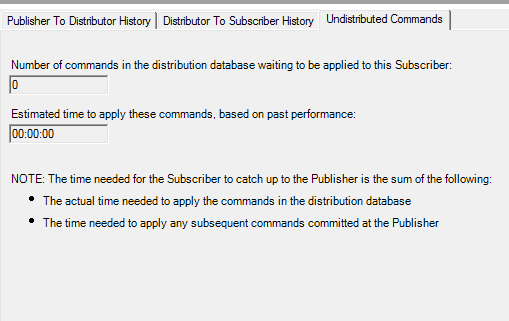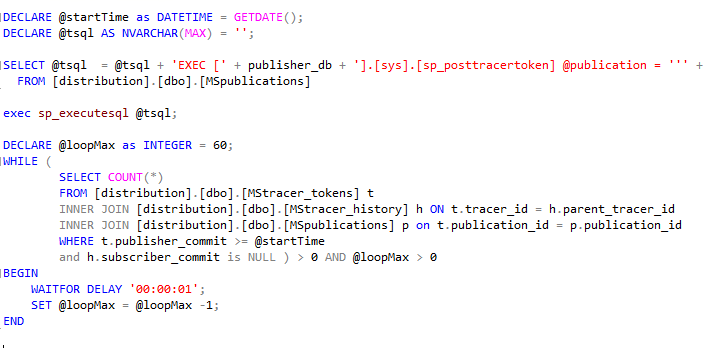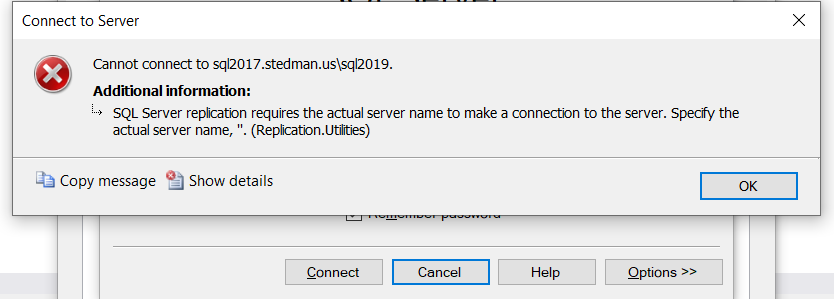Exclusive SQL Server Replication Training Session
Join Steve Stedman for an exclusive online presentation on SQL Server replication techniques on April 24th at 10:30 AM Pacific Time. This special session will… Read More »Exclusive SQL Server Replication Training Session








